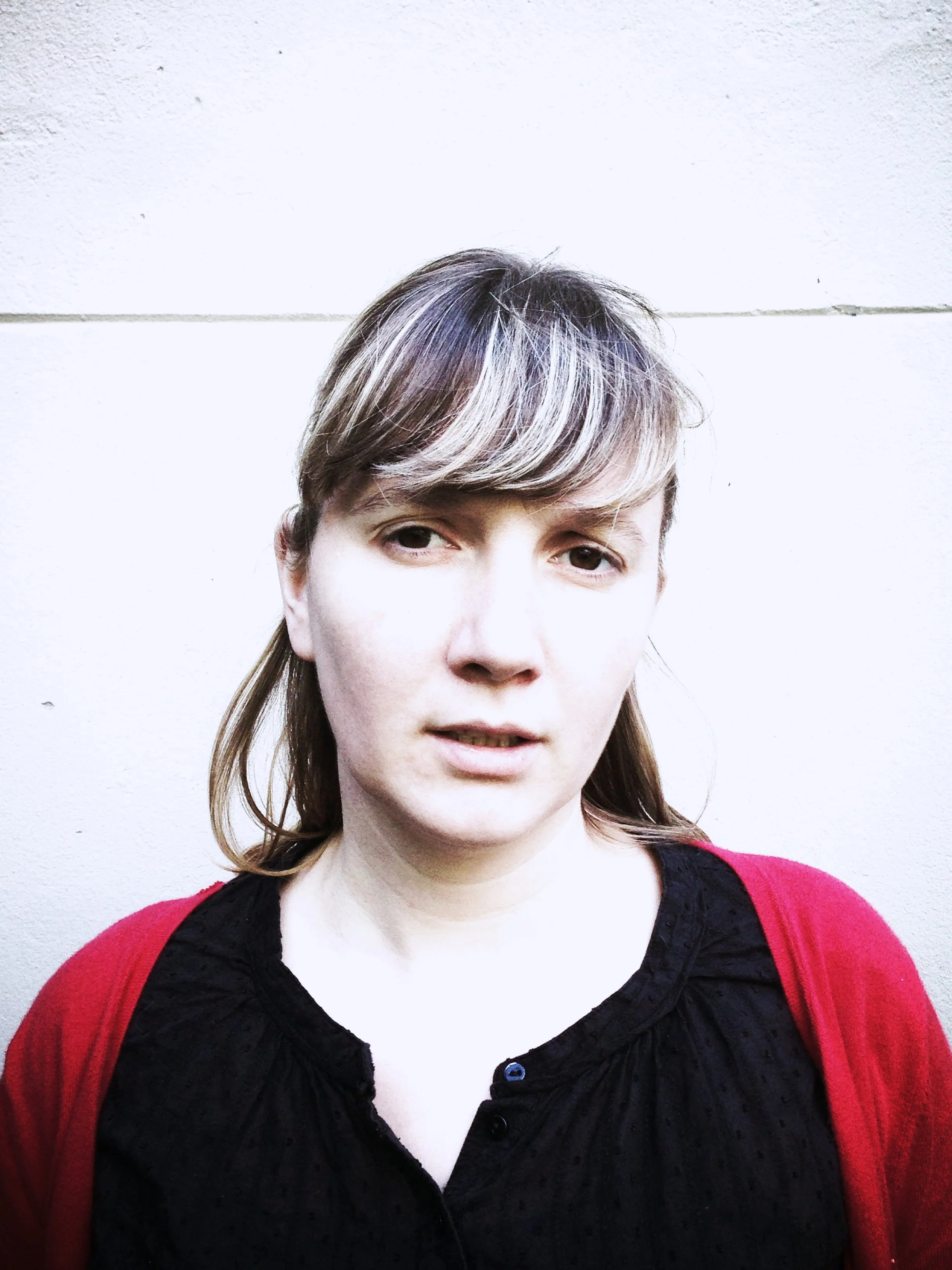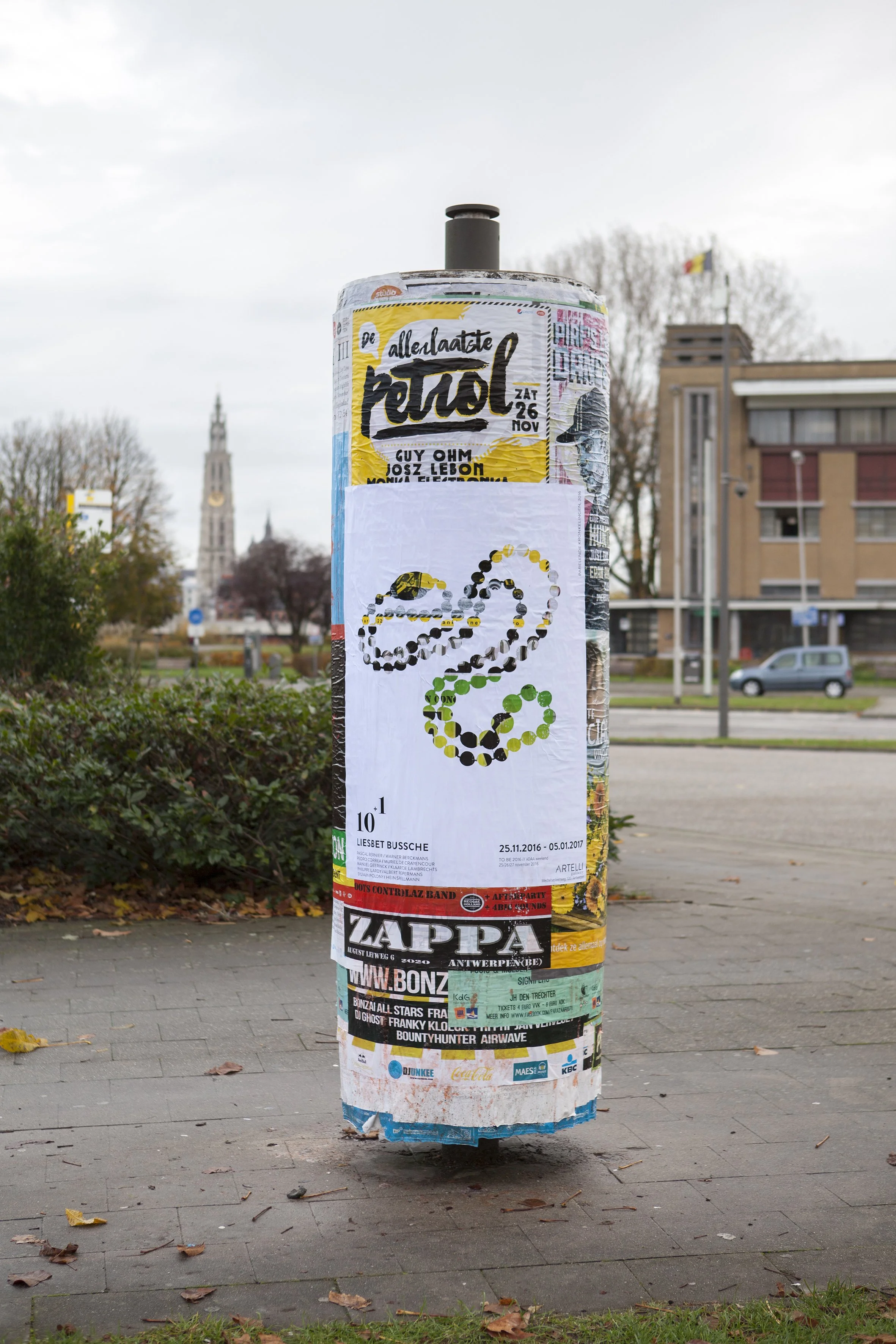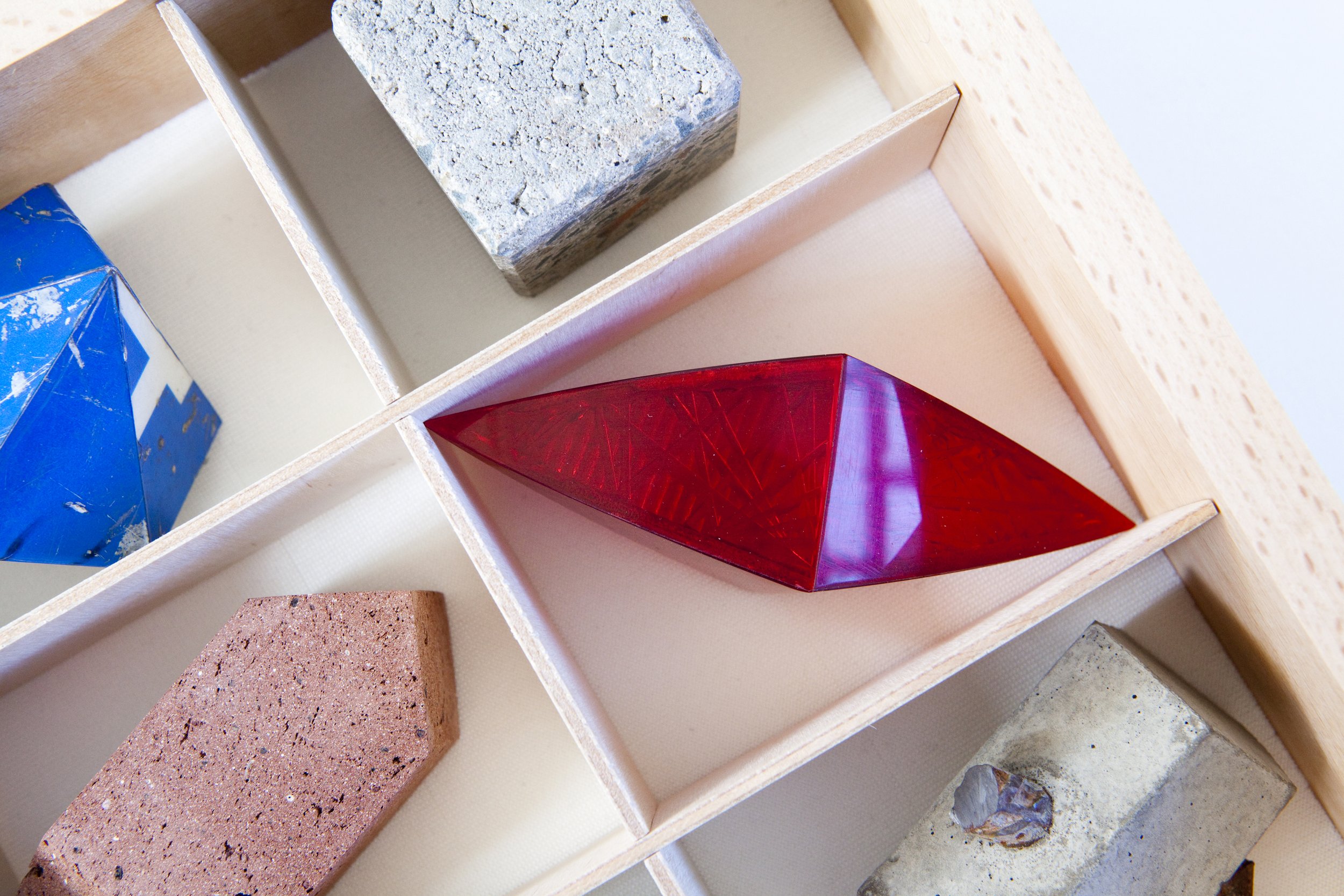profile
Liesbet Bussche (1980, Belgium) is an Amsterdam-based artist known for her public installations, artworks, objects, printed matter and occasionally wearable pieces, based on archetypal jewelry and associated features. After studying cinematography and a brief career as a television journalist, she fell for all sorts of jewelry, from friendship bracelets to pearl necklaces.
Since 2009, she runs her own studio where she produces both independent and commissioned work. She is internationally known for her Urban Jewelry series; site-specific installations in which she transforms existing street elements into large jewels they already appeared to be. Commissioned projects have been installed in The Netherland, Belgium, France, Taiwan and the United States in cooperation with municipalities and cultural institutions.
Bussche exhibits and teaches worldwide. She studied at Gerrit Rietveld Academie (BDes, 2009, NL) and St Lucas School of Arts Antwerp (BFA, 2007 & MFA, 2016, BE). She is currently pursuing a PhD in the Arts at Hasselt University and PXL-MAD School of Arts (BE).
KNOWN FOR HER PUBLIC INSTALLATIONS AND JEWELRY-INSPIRED ARTWORKS








